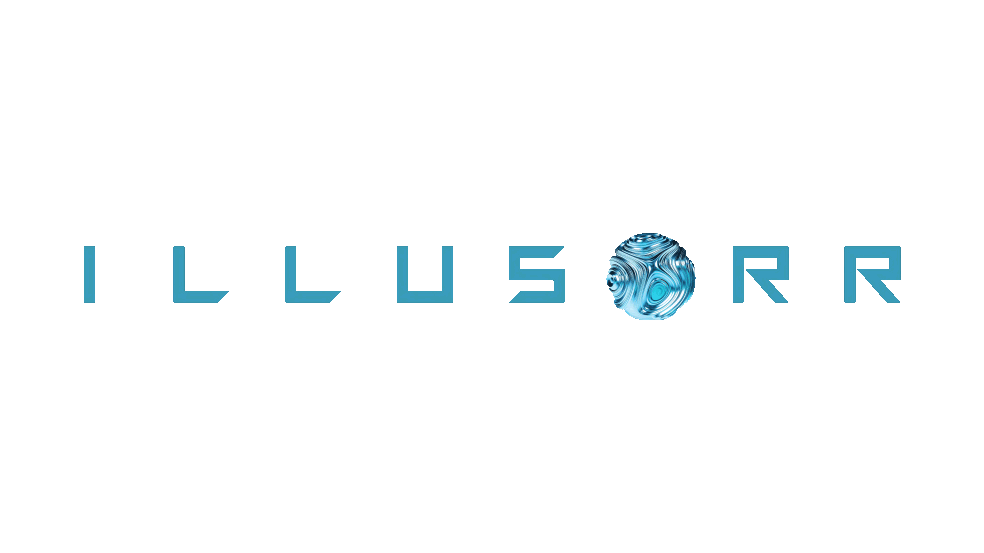2D, CAD, VR
- RIIA

- Dec 4, 2020
- 2 min read
The genesis of architectural representation is quite an interesting one, especially if you take the Mario Carpo and Patrik Schumacher framings (two of the leading contemporary architectural theorists). They both assert that architecture as a self-referential discourse began with the renaissance, around the 15th century. Prior to this what existed in the Medieval and Gothic era was the ‘arkitekton’, the master builder or chief builder. It wasn’t until renaissance figures like Leon Battista Alberti and (a century later) Andrea Palladio, through their theoretical works, began to influence the discourse leading to a distinction between the architect (ie designer) and the builder (ie engineer). This amalgamation would emerge again in different forms, once manifesting as a lone genius in Spain who tried to reinvent the medieval process of building through catenary models; he goes by the name Antoni Gaudi. Another is the German architect/engineer who tried partner with materials through form finding experiments; none other than Frei Otto. And yet again in the early 90s when the idiosyncratic American architect decided to use complex computation for the first time in architecture (CATIA) to design and build a fish monument (El Peix) in Barcelona, Spain; that architect was Frank Gehry.

With the current state of avant-garde architecture, and the exponentially increasing complexity, the most appropriate future is VR representation and communication. The 3 pivotal moments in architectural representation according to our framing (Gaudi, Otto, Gehry), form a trajectory that inevitably leads to virtuality. As the cinematographer Norm Li said, “the technological reality emulation definition of Virtual Reality, is the natural evolution of the visualization realm field from tools we’ve used in the past”. From stone, to paper, to computer, and now to perceptive experiences. This is a paradigm shift that’ll eclipse all others due to both the endless possibilities, and the sheer scale of this globalized society.
The ILLUSORR project aims to be a leader within this epochal shift by providing a virtual platform in which design can be expressed.


